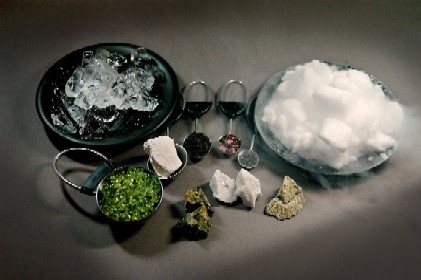Deep Impact Attacks Comet Tempel 1

For the past 138 years, since its discovery in 1867, Comet Tempel 1 has had distant but harmonious relations with the inhabitants of planet Earth. But on July 4, somewhere between Mars and Jupiter, NASA's Deep Impact spacecraft blasted a gaping hole into the comet. The crash emitted the energy of 4.5 tons of TNT, releasing a tremendous plume of dust and gases.

This image shows the initial ejecta that resulted when NASA's Deep Impact probe collided with comet Tempel 1 at 10:52 p.m. Pacific time, July 3 (1:52 a.m. Eastern time, July 4) . Photo courtesy of NASA
“There is a comet up in the sky wondering, what in the heck just happened,” commented Charles Elachi, director of NASA's Jet Propulsion Laboratory. In an astonishingly tricky mission, Deep Impact traveled 268 million miles over six months to wreak havoc on the comet. According to NASA scientist Don Yeomans, “We hit it just exactly where we wanted to.” More than 80 million people visited the NASA website in the 24 hours following the blast to witness the cosmic fireworks.
NASA assures us that there is, in fact, something scientifically redeemable about such violence. After our Sun and planets formed 4.6 billion years ago, comets were believed to have been formed out of the remaining dust and gases. By blasting a crater into the surface of Tempel 1 and uncovering its pristine interior, scientists hope to examine the primordial remnants of our solar system to gain insight into its formation. The image and caption below show the materials that were excavated from comet Tempel 1 on July 4, 2005, when Deep Impact's probe plunged below its surface.

Ingredients of a comet: clays; iron-containing compounds; carbonates, which are the minerals in seashells; crystallized silicates, such as the green olivine minerals found on beaches and in the gemstone peridot; polycyclic aromatic hydrocarbons, which are carbon-containing compounds found in car exhaust and on burnt toast; water vapor and carbon dioxide. Photo courtesy of NASA







